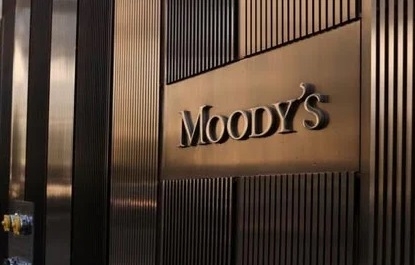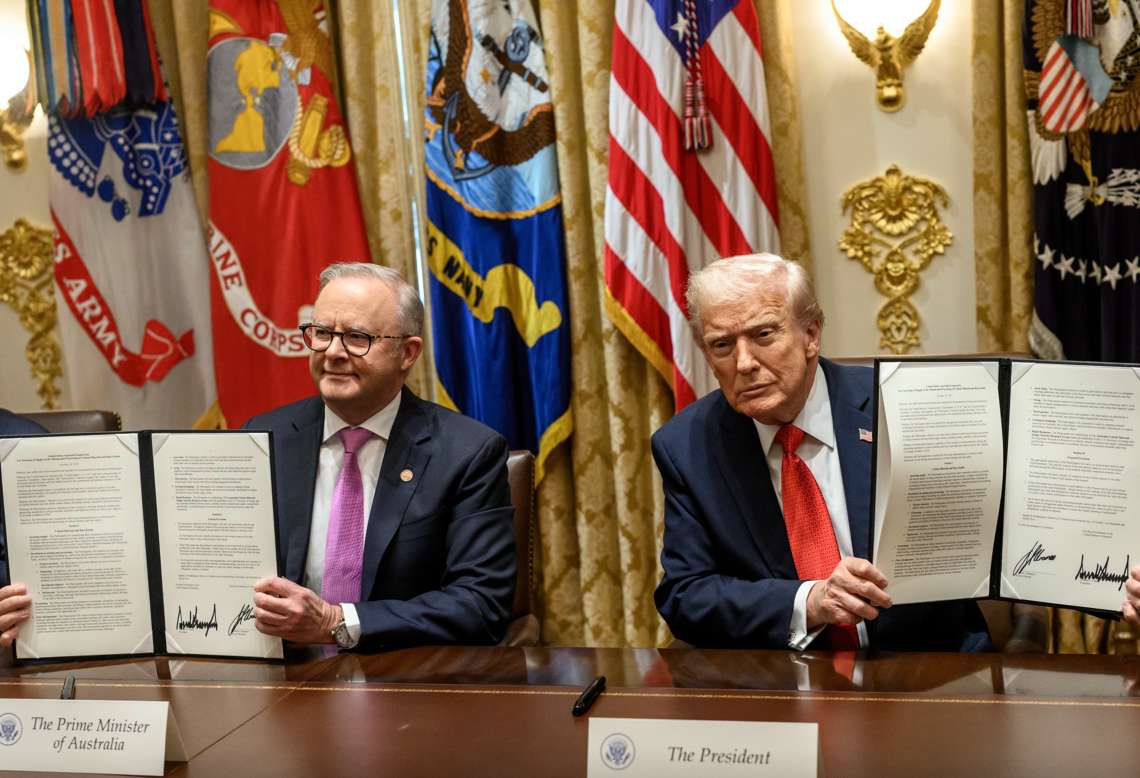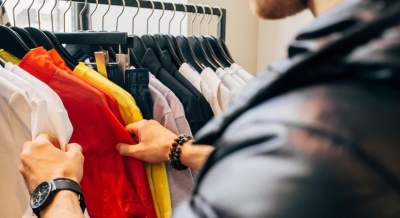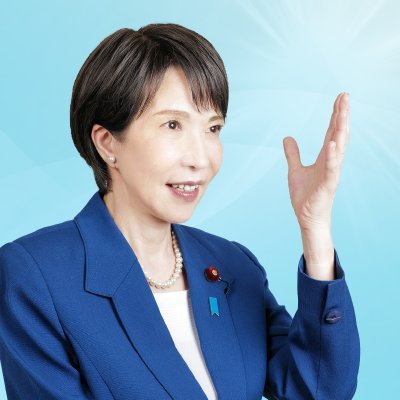Moody’s is the last of the three major rating agencies to lower the federal government’s credit
Moody’s Ratings stripped the US government of its top credit rating Friday, citing successive governments’ failure to stop a rising tide of debt.
Moody’s lowered the rating from a gold-standard Aaa to Aa1 but said the United States “retains exceptional credit strengths such as the size, resilience and dynamism of its economy and the role of the US dollar as global reserve currency.”
Moody’s is the last of the three major rating agencies to lower the federal government’s credit. Standard & Poor’s downgraded federal debt in 2011 and Fitch Ratings followed in 2023.
In a statement, Moody’s said: “We expect federal deficits to widen, reaching nearly 9 percent of (the US economy) by 2035, up from 6.4 percent in 2024, driven mainly by increased interest payments on debt, rising entitlement spending, and relatively low revenue generation.”
Extending President Donald Trump’s 2017 tax cuts, a priority of the Republican-controlled Congress, Moody’s said, would add $4 trillion over the next decade to the federal primary deficit (which does not include interest payments).
White House communications director Steven Cheung reacted to the downgrade via a social media post, singling out Moody’s economist, Mark Zandi, for criticism. He called Zandi a political opponent of US President Donald Trump.
“Nobody takes his ‘analysis’ seriously. He has been proven wrong time and time again,” said Cheung.
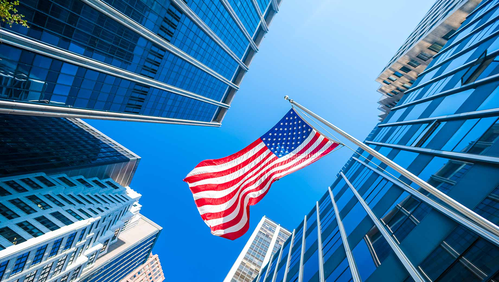
A gridlocked political system has been unable to tackle America’s huge deficits. Republicans reject tax increases, and Democrats are reluctant to cut spending.
On Friday, House Republicans failed to push a big package of tax breaks and spending cuts through the Budget Committee. A small group of hard-right Republican lawmakers, insisting on steeper cuts to Medicaid and President Joe Biden’s green energy tax breaks, joined all Democrats in opposing it.
Meanwhile, the stable outlook, Moody’s release said, reflects balanced risks at Aa1. The US, it believes, still retains exceptional credit strengths such as the size, resilience and dynamism of its economy and the role of the US dollar as global reserve currency.
“While recent months have been characterized by a degree of policy uncertainty, we expect that the US will continue its long history of very effective monetary policy led by an independent Federal Reserve. The stable outlook also takes into account institutional features, including the constitutional separation of powers among the three branches of government that contributes to policy effectiveness over time and is relatively insensitive to events over a short period,” Moody’s said.
On the economic front, Moody’s expects federal deficits to widen, reaching nearly 9 per cent of GDP by 2035, up from 6.4 per cent in 2024, driven mainly by increased interest payments on debt, rising entitlement spending, and relatively low revenue generation.
“We anticipate that the federal debt burden will rise to about 134 per cent of GDP by 2035, compared to 98 per cent in 2024,” Moody’s said in a release.
Ever since S&P reduced US’ rating by one notch in August 2011, the S&P 500 index, said G Chokkalingam, founder and head of research at Equinomics Research, has moved up by nearly four-fold.
The S&P 500 moved up 33 per cent after Fitch reduced the US credit rating by one notch in August 2023. This time, too, he believes, the US stock market would remain unaffected even in the short-term.
He, too, expects a knee-jerk reaction on Monday, but it is unlikely to have any major adverse impact on the global financial markets.
“The US is taking a lot of measures to cut expenditure and is also keen to rejig taxes. Further, substantial measures in terms of tariffs on imports from all major economies would help it to improve economic growth, which in turn would reduce the debt-to-GDP ratio. Hence, this move is unlikely to have any long-lasting impact even in the short-term except possible knee jerk reactions on Monday,” Chokkalingam said.
Moody’s analysts noted this freedom comes with risks akin to a run on a bank, which Silicon Valley Bank and other regional banks experienced last year.
“Misalignment between liquidity terms and investor expectations could impact trust in fund sponsors,” the analysts wrote.
Risks also stem from the loose covenants, or restrictions on lenders and borrowers, in evergreen fund credit agreements relative to closed-end funds, Moody’s noted.
“Retail capital could significantly expand private markets, but managing liquidity and ensuring transparency will be critical to long-term success,” it said.


